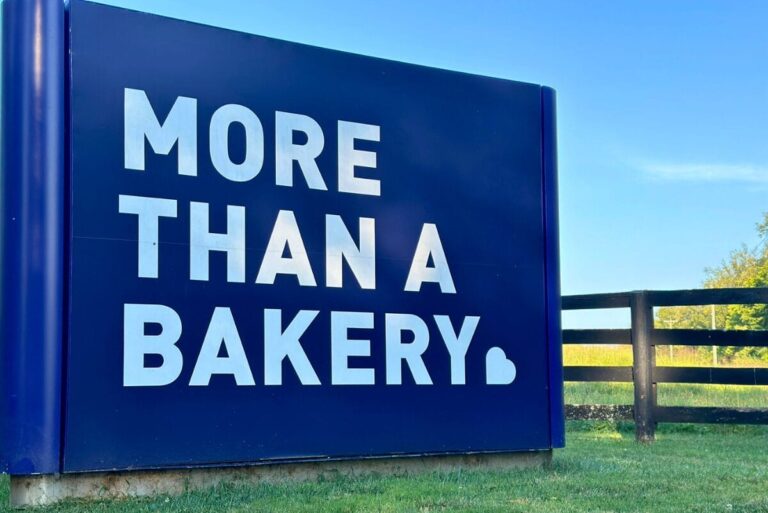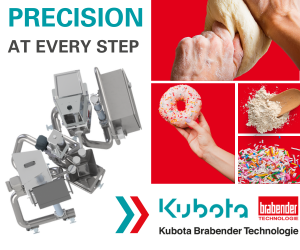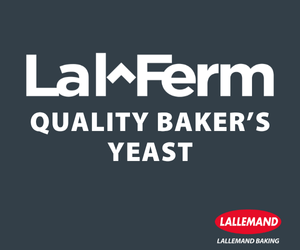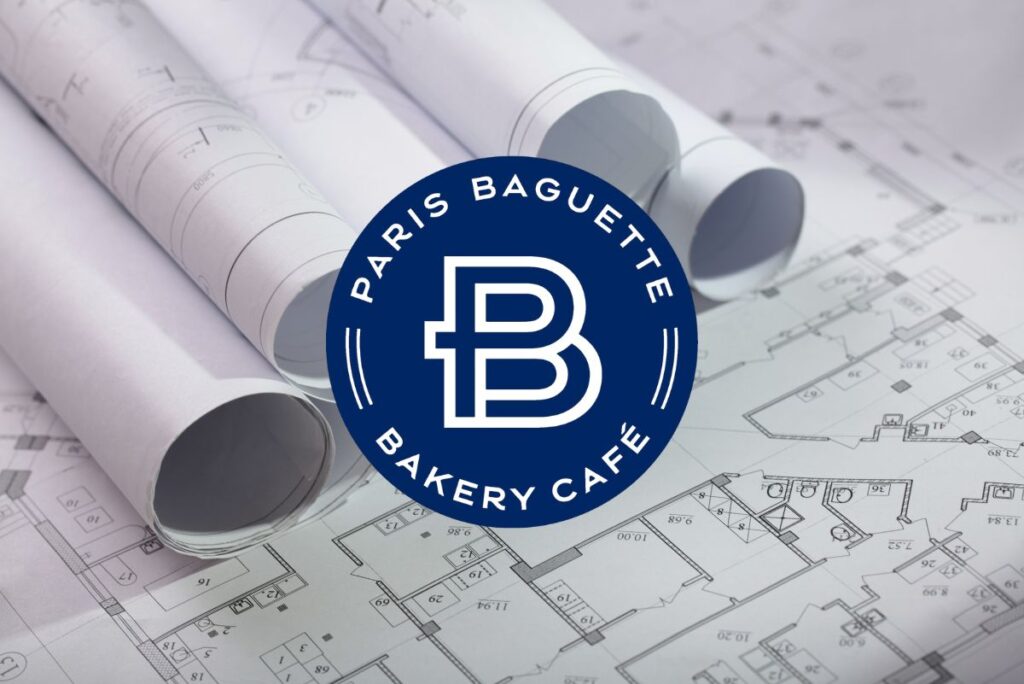KANSAS CITY, MO — The way the world does business has changed dramatically and so has consumer expectations for the items they purchase. CPG companies have raised a red flag: 1D technology is struggling to meet the advanced needs of retailers, consumers and the supply chain as a whole.
While it’s important to note that the move from UPC codes to bar codes isn’t mandatory, brands that make the transition stand to gain a significant competitive advantage. Factored into the ROI is the increased consumer engagement that comes with providing the additional product information shoppers want.
“We know that 77 percent of consumers want product information when they’re making a purchase,” said Amber Walls, senior director of global standards for GS1 US, the non-profit organization responsible for establishing supply chain bar code standards since it introduced the original UPC code. “Consumers expect brands to have a QR code and be able to get information on their phones. It’s so ingrained now. Everything for consumer engagement is mobile-friendly. QR codes are a product differentiator and an enabler for innovation in many ways.”
That’s because they can put a vast amount of information at consumers’ fingerprints, allowing them to make purchasing decisions instantly.









